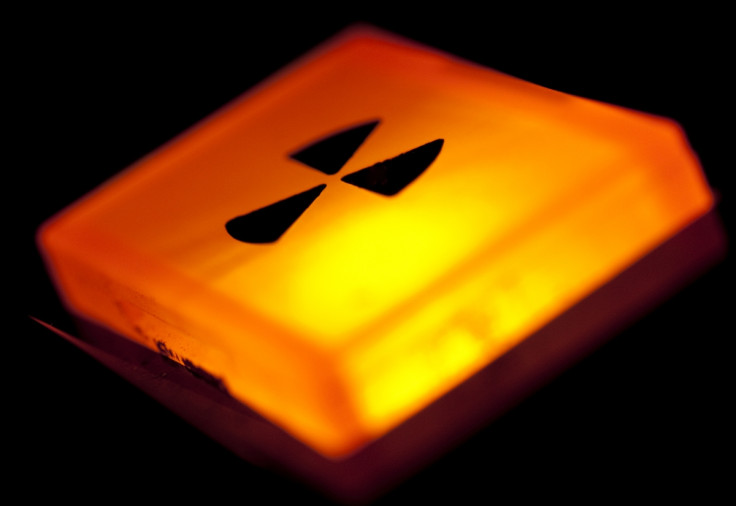China wants to revive Cold War era nuclear tech to power cheap next-gen drones and warships
China will reportedly build two "molten salt" reactors which is expected to be operational by 2020.

China is reportedly looking to revive Cold War era nuclear technology in an attempt to find a low-cost and safer alternative energy to power its future weapons. Reports suggest Beijing is investing over $3bn (£2.2bn) on perfecting the "molten salt" nuclear reactor tech that it hopes will run the next-gen drones and warships.
The technology, which involves the use of the metal thorium, could also work in China's favour as the nation is believed to have some of the world's largest reserves of thorium. China will reportedly build two "molten salt" reactors in the Gobi Desert in the Gansu province.
The reactors are expected to be operational by 2020, according to the research's lead scientist Jiang Mianheng, who is the son of former Chinese president Jiang Zemin, South China Morning Post reported.
Thorium molten salt reactors could generate more power than uranium-fuelled reactors
The molten salt reactors are reportedly considered to produce over three times the heat — 800 degrees Celcius — that is produced by a traditional uranium-fuelled nuclear plant. In theory, the extremely hot air released by the reactor has the potential to ensure a bomber flying at supersonic speed is airborne for days.
The South China Morning Post cited Yan Long, a researcher involved in the project at the Shanghai Institute of Applied Physics, as saying that it may now be possible to develop a small molten salt reactor using specially developed alloy and coating materials to avoid chemical corrosion.
Corrosion was reportedly a major issue for America's 1970's molten salt reactor project, as the hot salt led to corrosion of the reactor chamber and pipes.
The facility housing the reactors in Gansu will be built on the banks of a salt-rich lake. The reactors will reportedly be built underground, with the expected 12 megawatts level heat to be linked to a power plant and several factories. A desalinisation plant by the lake will also reportedly be connected to the reactors, which is expected to produce hydrogen, electricity, drinking water, industrial chemicals and minerals.
Thorium molten slat reactors could power warships and drones
"We are now developing new materials for warships. The materials must come with relatively low cost for mass production and they must be compact and light, otherwise the reactor won't fit in a ship," Yan reportedly said.
Chen Fu, a thermal physicist at the Harbin Institute of Technology involved in the research for the Chinese Navy, told the Chinese daily that the thorium molten salt reactors would likely generate enough heat to power a warship. According to Chen, a thorium powered warship will likely be able to remain operational for longer and operate faster than current aircraft carriers powered by uranium.
"It should be able to generate enough electricity for propulsion and electric equipment on an aircraft carrier," Chen reportedly said. "But the ship will need a very different structure to accommodate the new power source. It will be a difficult and tricky job because the rest of the ship must be strengthened to handle the increased power."
The South China Morning Post cited an anonymous Chinese military drone researcher as saying that the molten salt reactors could also be used to power bigger, high-altitude military drones.
"These drones would stay aloft over the oceans such as the Pacific. They would serve as a platform for surveillance, communication or weapon delivery to deter nuclear and other threats from hostile countries," the anonymous drone researcher reportedly said. "A nuclear-powered drone may be technically more feasible than manned aircraft because it does not require building a cockpit with lead to protect the human crew from radiation. It will also have more public acceptance. If an accident happens, it crashes into the sea."
China is not the only one interested in exploring the technology. Russia, Japan, France and the US have reportedly shown renewed interest in the Cold War nuclear energy technology. In August, a Dutch energy firm, NRG, was the first in 40 years to power a thorium-fuelled molten salt nuclear reactor.





















